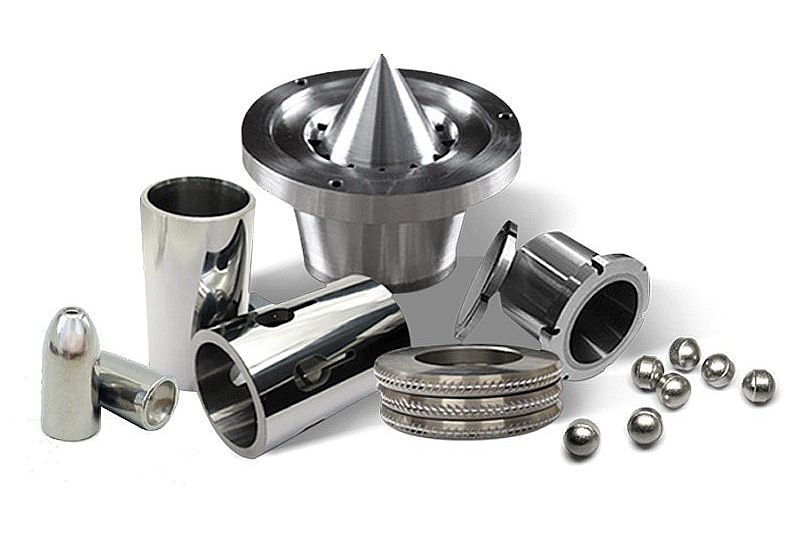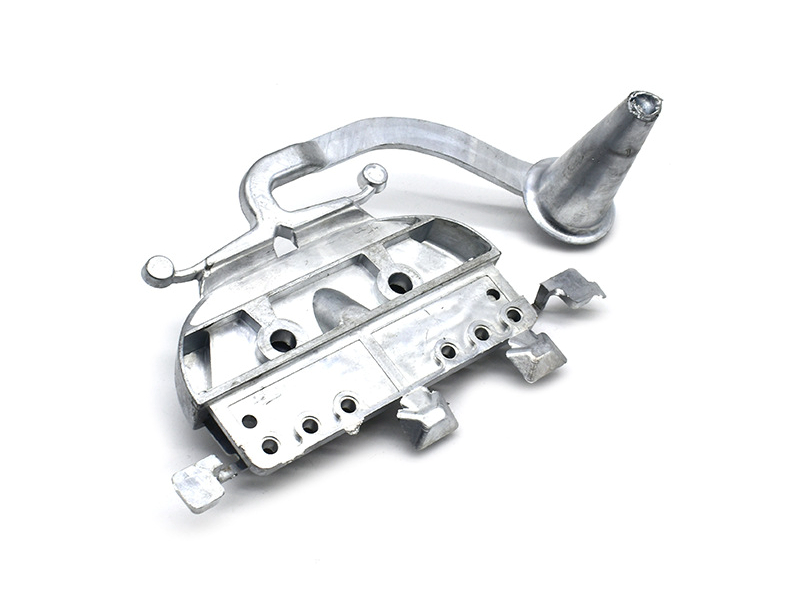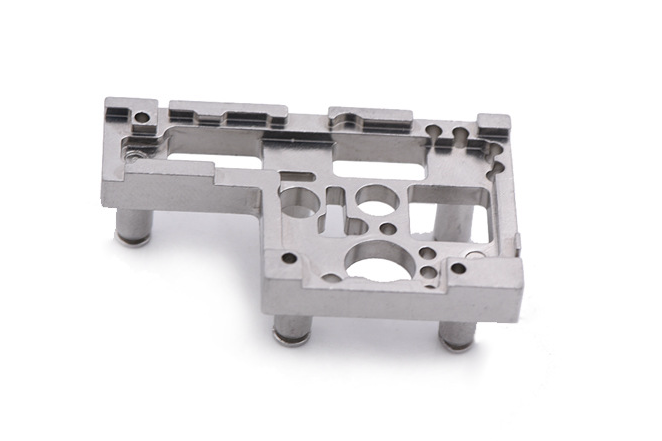Can MIM medical parts match the mechanical properties of machined components?
Yes—when properly designed and processed, medical components produced through metal injection molding can match or even exceed the mechanical properties of machined parts. The key is controlling powder composition, binder removal, sintering parameters, and heat treatment to achieve high density and fine microstructure. For surgical tools and implant-grade components, alloys such as MIM 17-4 PH, MIM 316L, and ASTM F75 CoCrMo are commonly used because they can achieve densities of over 96–98% of theoretical density—close to those of wrought materials. With post-processing techniques such as heat treatment and electropolishing, MIM parts can achieve high fatigue resistance, hardness, and corrosion resistance, making them suitable for surgical and orthopedic applications.
Mechanical Property Comparability
Machined parts typically exhibit superior directional grain flow and lower porosity; however, MIM components offer a consistent microstructure due to uniform powder sintering. For complex tools such as laparoscopic jaws, dental anchors, or bone-fixation inserts, MIM components provide near-net-shape formation with minimal material waste. With proper sintering and densification, the tensile strength and elongation of MIM-4140 and MIM-H13 can match those of their machined counterparts. Dimensional accuracy is maintained after shrinkage control through detailed mold design and simulation, often supported by prototyping prior to mass production.
Role of Post-Processing
High-density MIM parts require finishing treatment to achieve performance reliability. Typical medical-grade post processes include:
Heat treatment – improves strength and fatigue resistance.
Passivation – enhances corrosion resistance of stainless steels.
Electropolishing – minimizes bacterial retention and improves hygiene.
MIM tolerance control – ensures repeatability across batch production.
If tighter tolerances or ultra-smooth surfaces are required, critical dimensions can be finished with CNC machining prototyping after sintering, combining cost efficiency with performance accuracy.
Where MIM Outperforms Machining
For very small, complex geometries—such as internal channels, textured gripping surfaces, or moving interfaces—MIM outperforms machining because it eliminates assembly steps and reduces secondary operations. When combined with insert molding or overmolding, multi-material medical components can be produced with improved ergonomics and structural integrity. Additionally, MIM reduces waste by up to 90% compared to subtractive machining, making it cost-effective for medium- to high-volume production of medical tools and components.
Design Guidelines to Match Machined Quality
Maintain uniform wall thickness to control shrinkage during sintering.
Use design-for-MIM principles to avoid thick sections or sharp transitions.
Simulate flow, cooling, and densification during development via rapid molding prototyping.
Validate mechanical performance with fatigue, tensile, and sterilization endurance tests.
Integrate surface treatments such as nitriding or powder coating only when biocompatibility is verified.



